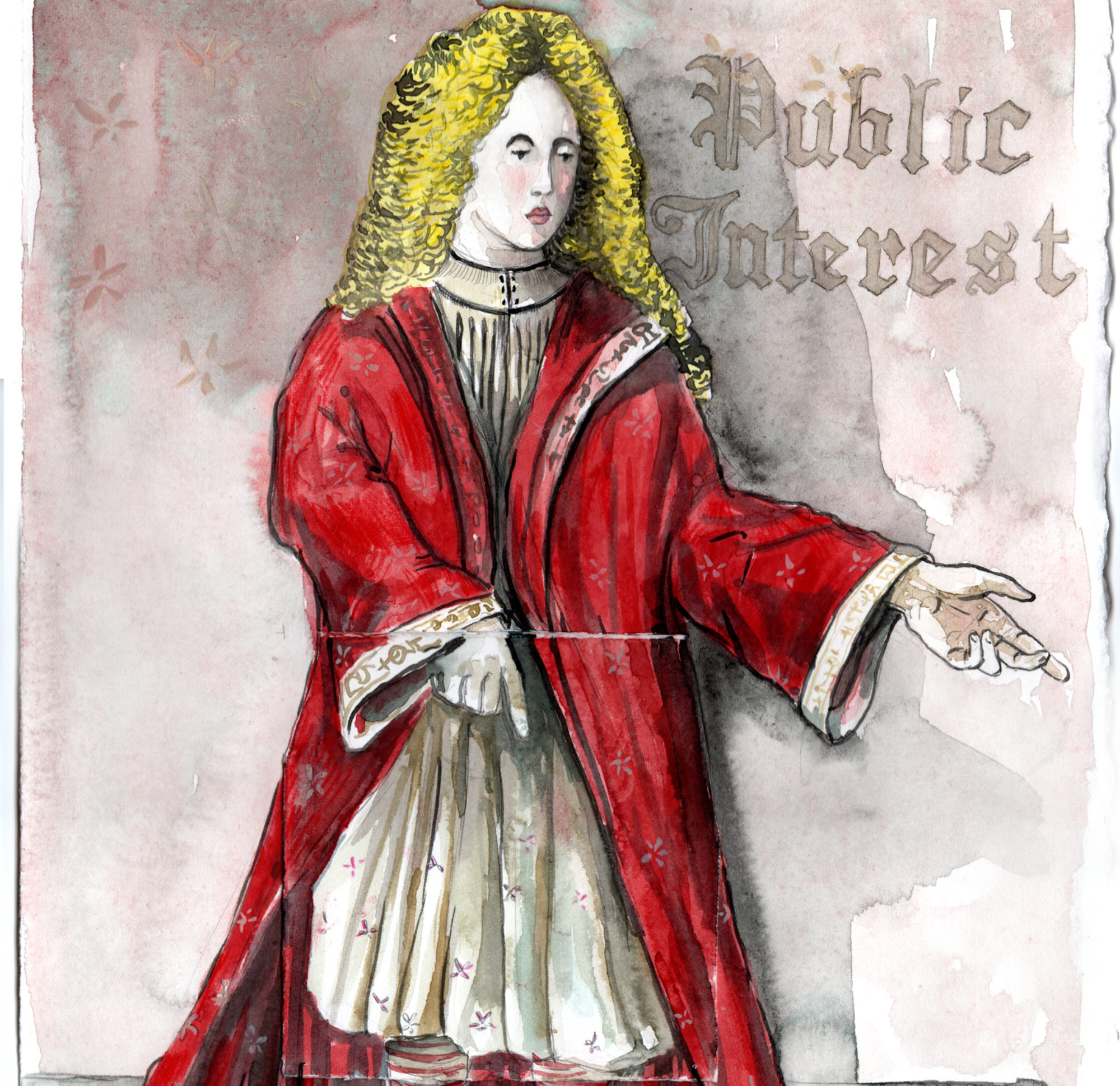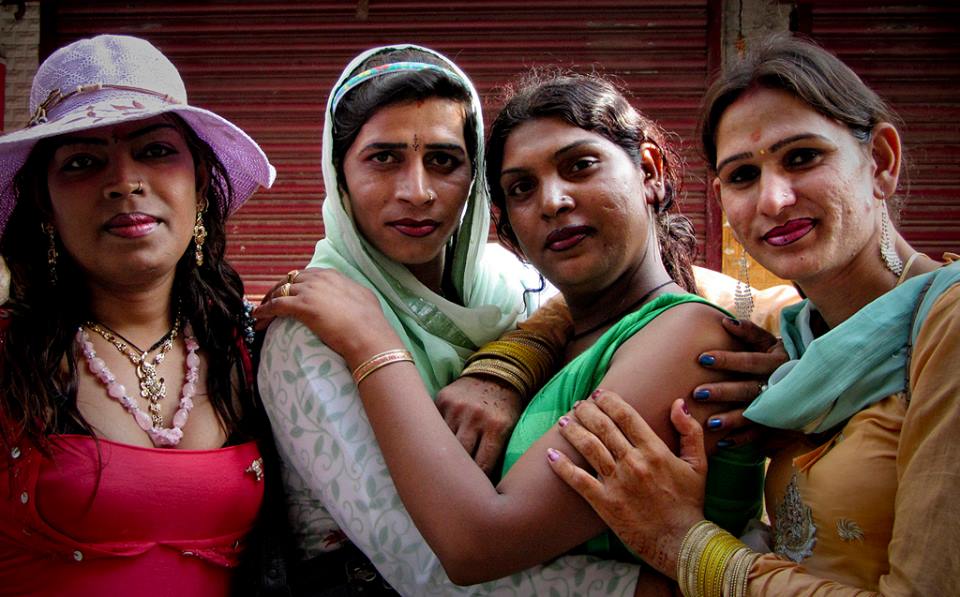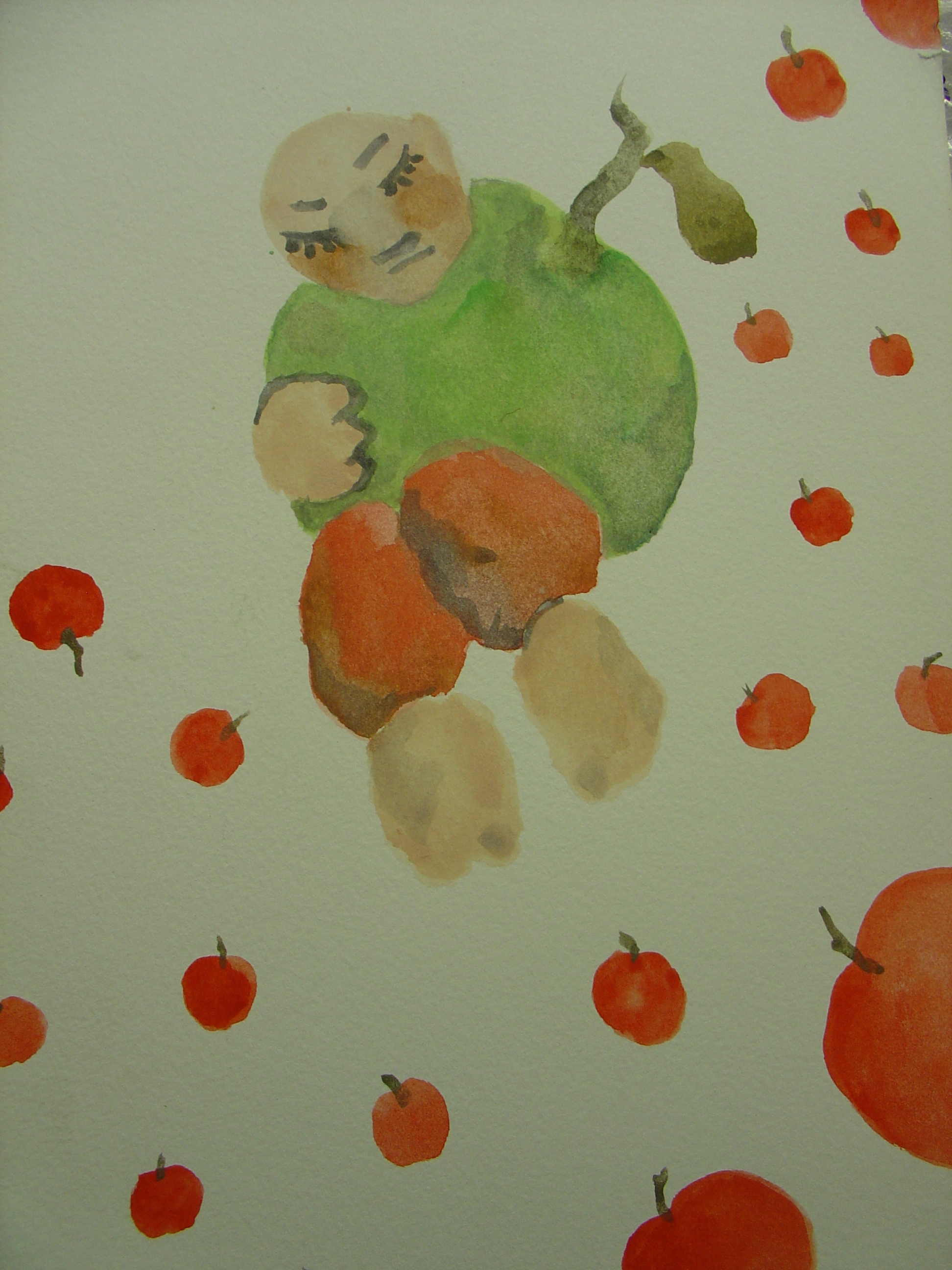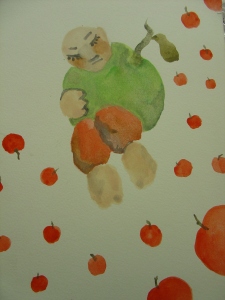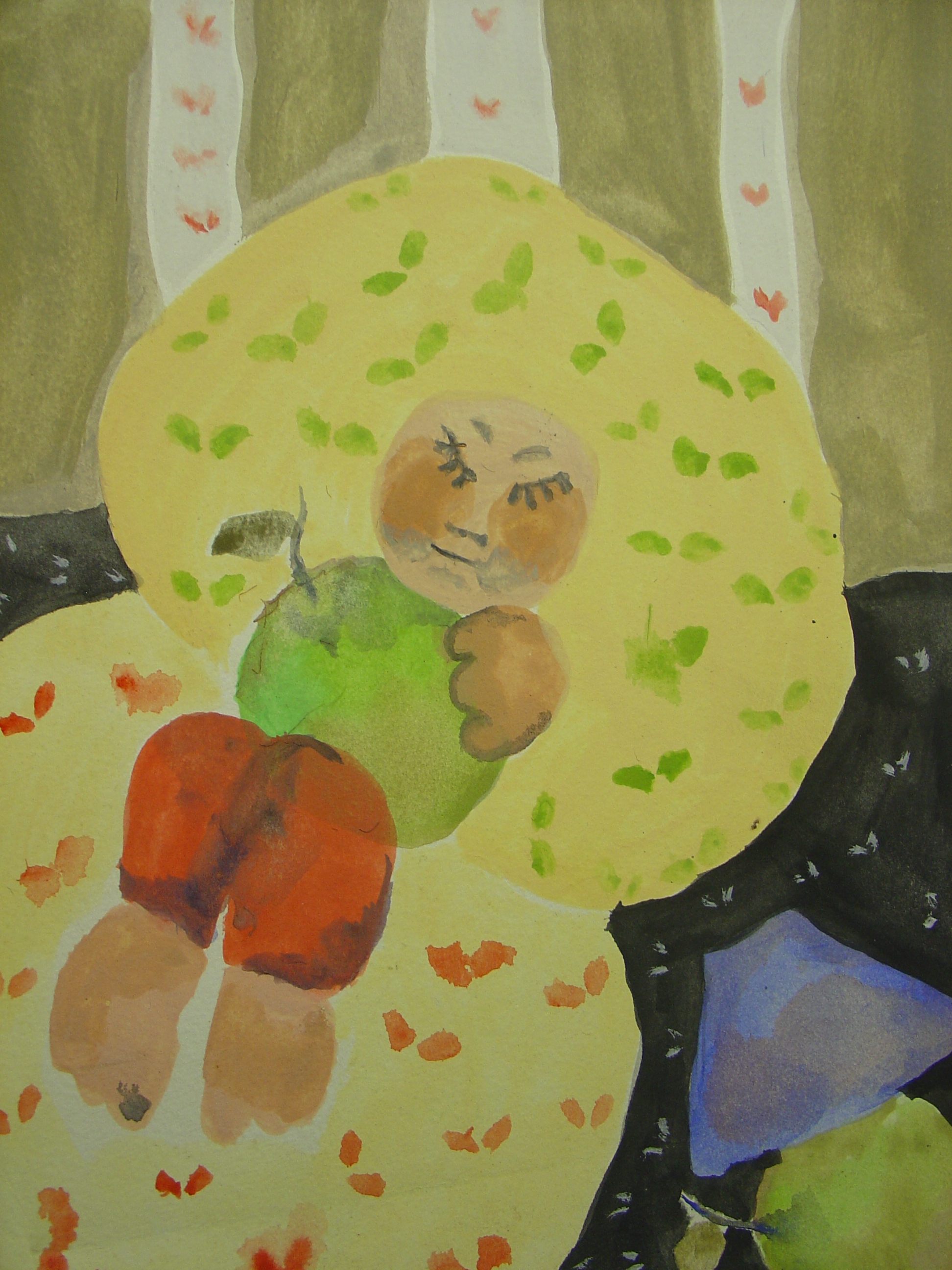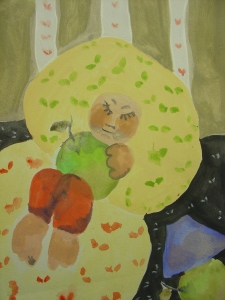The Indian Mast Gulabi Jawan Lesbians on YouTube
Payal, Tina, Anjali, Kavya…
Just a set of names of Indian women? Search them on YouTube and you’re in for a surprise. No, you don’t find interesting sari and jewellery advertisements. What you will find are videos of lesbian action.
Payal and Tina jiving to a romantic Bollywood number; Anjali and Kavya intimate in the shower; two Malayali housewives on a sleep over; and, of course, the Indian mast gulabi jawans. These are only some examples of the often hilarious videos of lesbians on YouTube, a popular website featuring videos from across the world. A search for “Indian lesbians” will give you thousands of surprising results. While the “Indian lesbian kiss” might be the most popular, the Indian cat fight is close behind. Most of the cat fights are clips from Indian movies which begin as your good old “heroine fights vamp” and then turn into homoeroticism. One such, from an “unknown Hindi movie Manovigyan,” is a must watch. Another common trend is of Malayali housewives in their frilly “nighties” getting naughty with each other. These women, who look tentative at times and maintain serious expressions, fit in perfectly with the background music of flop movie songs, with false moans to boot.
The search will also show you clips from Indian lesbian films such as “Sancharram” winner of the Chicago Award at the 40th Chicago International Film Festival. It is a film in Malayalam, set in a village in Kerala about two young women who fall in love with each other. Also featured is Girlfriend, a mainstream Hindi movie with Isha Koppikar and Amrita Arora in the lead.
This is one of the places where you see not just your oppressed lesbians of the documentaries but another side, hilarious as it may often be. These lesbians are not on the interviews about lesbians rights on NDTV. They are also not your stereotypical urban college going girls, or butch-femme couples as we might imagine lesbians to be. They are just your average aunty next door or the middle class urban woman who sells Tupperware through the home shopping network.
In a situation where more and more visibility is being fought for and gained by lesbians, these videos remind us of the lighter side and makes us think outside of stereotypes. They subvert our existing images of popular cinema. They also show you the reality of the titillation factor of “woman-on-woman action” and of a certain imagined style of lesbian sexuality. We don’t know if the women in these clips are paid or are just doing it for fun. We don’t know if they are lesbian or bisexual. The fact remains that these images are out there and are up for grabs. They might titillate, disgust or amuse you, but they are here to stay.
Just out of curiosity, a few laughs and the occasional aesthetically appealing video, it is worth a look. At least no one can argue that “lesbianism is a western import”. The YouTube lesbians will prove them wrong!
The Hijras of India
In the West, it is generally believed that there are only two sexes, male and female, and that each sex has its own particular role in society. However, in their ethnographic fieldwork across the world, anthropologists have noticed that the roles of men and women vary significantly across societies. This has led them to distinguish sex, which is based on biology, from gender which is defined as “the cultural construction of beliefs and behaviors considered appropriate for each sex” (Schultz and Lavenda 237). In addition, anthropologists have also noticed that several societies around the world have supernumerary (e.g. more than two) sexes. These include the xanith in Oman, the Native American two-spirit and the Indian hijra. Appropriate behavior for these “third-sex” groups is defined by a third gender role, which is distinct from traditional masculine and feminine identities (Schultz and Lavenda 238).
In fact, even the hegemony of the Western “two-sex model” is a relatively recent development. Prior to the eighteenth century, the dominant way of understanding sex was Plato’s “one-sex model” which emphasized the similar nature of men and women’s sex organs and viewed women as “inverted, inferior versions of men” (Potts 4). Thus, it is clear that the “two-sex” model is not unquestionable and is just one out of several possible gender classification systems.
In this paper, I will focus on the Indian hijra. I will be examining various Western constructs such as “homosexuality” and “transexualism” that are used to define hijras and I will contrast these with how the hijras define themselves. Secondly, I will compare the hijras with examples of “third-sex” groups in other societies. Finally, I will discuss the relationship between the hijra community and mainstream Indian society, specifically the two main roles of the hijras as ritual performers at weddings and births, and as homosexual prostitutes.
In India, hijras are viewed as an institutionalized “third sex” that has always existed. They are particularly associated with the worship of Bahuchara Mata, a version of the Mother Goddess, for whose sake they undergo emasculation. In return, the Goddess gives them the power to bless people with fertility (Nanda ix). Their presence in society is justified by many Hindu myths. For example, one of the forms of the god Shiva is that of Ardhanarisvara, half man, half woman, who represents Shiva united with his shakti, or female creative power (Nanda 20). Another mythological reference, often pointed to by hijras as the story of their origin, is contained in the epic Mahabharata. While in exile, the main character Arjun disguises himself as a eunuch and serves the ladies of the court. During this time, he participates in weddings and births, thus legitimizing the roles hijras play in ritual contexts (Nanda 30-31). Male transvestism is also a part of several esoteric Hindu ritual practices. For example, the Sakhibhava worship Radha, Krishna’s beloved, with the aim of becoming her attendant. The devotee imitates feminine behaviour, including simulated menstruation; he may also engage in sexual acts with men as acts of devotion; and some devotees even castrate themselves in order to more closely approximate identification with Radha (Nanda 21). Finally, hijras are mentioned in the Kama Sutra, which contains an entire chapter on how to receive pleasure from a eunuch (Jaffrey 35). Hijras clearly have an accepted status within Hindu mythology and culture.
Although hijras are mainly associated with Hinduism, they are also accepted within Islam. During Mughal times, kwaja saras, or eunuchs, guarded the ladies of the harem (Jaffrey 31). In her fieldwork among the hijras of Hyderabad, Zia Jaffrey discovered that during the era when Hyderabad was a princely state, hijras were employed as servants in the homes of the nobility (Jaffrey 116). In fact, there was even a case in which two of the Nizam’s (ruler’s) sons stabbed each other over the love of a beautiful hijra named Rahman (180). The Nizam also patronized the hijras by giving them land near the royal palace (150). Another evidence of the connection of hijras with Mughal courts is the fact that two of the most prestigious families among the hijras are called the Badshahwallas and Wazirwallas, which translates as the king’s men and the minister’s men, respectively (32). Hijras are also referred to in Urdu poetry, as exemplified by this couplet written by Akbar Allahbadi:
muzakkir ke liye ‘he’ hai, moannis ke liye ‘she’ hai
magar hazrat mukhannis hain, na heon men na sheon menFor males ‘he’ is used, for females ‘she’ is used. But Mr. Eunuch falls neither in the ‘hes’ nor the ‘shes’
Even in present-day Pakistan, where most remnants of Hindu culture are fervently rejected, hijras continue to exist and to practice their traditional occupations.
One of the main constructs used by westerners to describe hijras is that of homosexuality. However, homosexuality is not defined the same way in all cultures. For example, in North America, gay men are defined as those who fall in love with and are sexually attracted to other men. In Nicaragua, by contrast, anthropologist Roger Lancaster discovered that men who take the “active” role in anal intercourse are classified as machos and are not considered homosexual while those who take the “passive” role are classified as cochóns and are stigmatized. This difference in classification is based on the Nicaraguan assumption that it is natural for men to be aroused by the idea of anally penetrating another male. North Americans do not agree with this assumption and classify both partners as homosexual (Schultz and Lavenda 286).
Because many hijras work as homosexual prostitutes or take men as their “husbands”, it is possible to view them as men who join the community because it gives them license to express their sexual desires towards men. Some of Nanda’s informants did acknowledge their homosexual desires. For example, a hijra prostitute named Kamladevi said: “We are born as boys, but then we ‘get spoiled’ and have sexual desires only for men” (Nanda 16). When she refers to being ‘spoiled’, Kamladevi means that after having a homosexual experience in her teens, she began to take pleasure only in the passive role (117). Another informant, Lalitha, corroborates this view of hijras having homosexual desires when she says: “We are all men, born as men, but when we look at women, we don’t have any desire for them. When we see men, we like them, we feel shy, we feel some excitement” (16). Although having homosexual desires in adolescence is often the reason why a boy joins the hijra community, this is not true for all hijras. Most hijras would not classify themselves as homosexual and emphasize the distinction between themselves and what they call zenanas, men who impersonate hijras out of a desire to engage in homosexual behaviour or as a means of earning a living (14).
Another Western construct sometimes applied to hijras is that of the transsexual. Transsexuals are seen as people whose gender identity, defined as the “inner psychological conviction of an individual that he or she is either a man or a woman” conflicts with their anatomy. In order to reconcile this contradiction, many transsexuals go through sex reassignment surgery so that they can go from “a woman trapped in the body of a man” to a real woman, with female sex organs. Thus, it can be argued that transsexualism is not an alternative gender role but rather serves to “reinforce the standard American cultural beliefs about the dichotomy of gender categories” (Nanda 138-139).
Although many of Nanda’s informants described their childhood identification with girls and their desire to wear women’s clothing, hijras are not transsexuals because they do not view themselves as women trapped in men’s bodies. The emasculation operation does not transform them from men to women, but from men to hijras. Nanda’s informants consistently define themselves as “neither man nor woman”, citing their lack of female reproductive organs and their inability to bear children, which for them is the criterion for womanhood. Hijras also behave in ways that contradict the behaviour expected of women. For example, hijras in Gujarat smoke the hookah (water pipe), an act which is normally only done by men (Nanda 18). Thus, hijras do not fit the definition of transsexuals, but rather see themselves as belonging to an in-between, third gender.
Many societies have alternative gender categories that can be compared with the Indian hijra. In Oman, for example, the xanith are regarded as an in-between category, neither men nor women. Under Islamic law, xanith have all the rights of a man, such as the right to testify in court. They also worship in the mosque with men. However, they are classed with women for many social purposes and are allowed to view the face of a bride on her wedding night, something that men are not permitted to do. Thus although they have some of the rights of men, they are not considered men (Nanda 130).
Like the hijras, xanith act as male homosexual prostitutes, taking the passive role. However, unlike hijras, xanith do not practice emasculation. In addition, it is possible for xanith to become men. If he chooses to marry and can demonstrate publicly in the approved ways that he is potent in the male sexual role, a xanith moves into the category of man. Once this transition is achieved, the restrictions which apply to male interactions with women, also apply to him. This is the most significant way in which xanith differ from hijras. Once someone becomes a hijra, particularly after undergoing the emasculation operation, it is impossible for him to resume life as a normal man (Nanda 130-31).
Another “third sex” group that is in some ways comparable to the hijras is the Native North American two-spirit. These roles were for both men and women, though more frequently taken by men. They involved gender-divergent dress, occupation, linguistic expression, ritual position and sexuality. Like hijras, two-spirits are seen as having a “sacred and spiritual status that transcends the ordinary sex/gender dichotomy of man and woman” (Nanda 132) For example, among the Mojave Indians, the alyha (male two-spirit) were considered powerful shamans who were particularly effective in curing sexually transmitted diseases (Nanda 134). However, unlike hijras, two-spirits generally had male genitalia and were defined as a third gender based mainly on their engagement in women’s work (Nanda 142).
Hijras have an ambivalent place in Indian society. Because they undergo emasculation as part of the worship of the Mother Goddess, they are seen as having the power to confer fertility on male children and newlywed couples. This explains their traditional role of performing at weddings and at homes where a male child has been born. These performances are called badhai, a reference to the gifts of cash and goods that they receive as payment on these occasions (Nanda 1). However, this power of conferring fertility is a “double-edged sword” for their audiences. Just as they have the power to bless, they also have the power to curse a family with infertility and other misfortunes, something that they will not hesitate to do if forbidden to perform (Nanda 4). This power explains why hijras are treated “with a combination of mockery and fear” (Nanda 9).
Although their role as performers “forms the core of their self-definition and the basis of their positive, collective self-image”, many hijras also earn their living as homosexual prostitutes, which is essential to the economic maintenance of the community. However, because this behaviour contradicts the idea that hijras are “ritual performers who have renounced sexual desire and activity”, many Indians do not acknowledge publicly that hijras can be homosexual prostitutes (12). Kamal Baksh, a hijra guru who is one of Zia Jaffrey’s main informants in Hyderabad, repeatedly emphasizes the fact that the hijras under her tutelage are not prostitutes (Jaffrey 110). Nanda argues that the fact that hijras “engage in widespread homosexual activity undermines their respect in society but does not negate their ritual function” ( Nanda 11). This explains why mainstream Indians and hijras themselves choose to focus more on their role as performers and minimize discussion of their work as prostitutes.
In conclusion, hijras cannot be understood using Western constructs of “homosexuality” and “transsexualism”. Rather, the hijras are an institutionalized “third sex” with certain ritual functions. As such, they can be compared with the xanith in Oman and with the Native American two-spirit. By studying alternative gender systems cross-culturally, we can help to break the hegemony of the Western “two-sex model” and advance our understanding of the variety of human gender roles and sexual identities.
Works Cited
Jaffrey, Zia. The Invisibles: A Tale of the Eunuchs of India. New York: Vintage, 1996.
Nanda, Serena. Neither Man nor Woman: The Hijras of India. Belmont, CA: Wadsworth, 1999
Potts, Annie. “Homebodies: Images of ‘inner space’ and domesticity in women’s talk on sex”. Journal of Mundane Behavior, February 2002.
Schultz, Emily A. and Robert H. Lavenda. Cultural Anthropology: A Perspective on the Human Condition, Fifth Edition. Mountain View, CA: Mayfield, 2001.
The Ghaznavid Dream
At first peek, a queer streak pervades the air of Taxal Street, the innocuous commercial area near Rang Mahal, Lahore. The woman who ventures outdoors is yet to be discovered here. Poorly dressed men inhabit it; meeting, chatting, eating, travelling and doing all else amongst each other.
Many shops operate here. Most of their owners are housed in the vicinity. Some – out of necessity not choice – have had to hoist canopies out the back doors of their houses to earn their incomes. Numerous shops have had their shutters drawn for months. In fact, perhaps the most persistently hardworking of all professionals here are the beggars, people whose creativity has made a profession even out of poverty.
The beggars and shop owners are often at odds with one another, each feeling deprived of good business by the other. But even the people of Taxal street have places where they are at peace with their competitors, where elements normally in conflict act in harmony, where even sworn enemies pretend to be brothers, where hypocrisy is made a virtue. These, of course, are the mosques.
There are many of them in the vicinity, but men flock around one more than any other. A plethora of shops surrounds it. Only one of these is open. It turns out that the owners of this shop are also the caretakers of the mosque. “We are thankful to the Almighty for choosing our shop out of all of those around for His blessings,” says one of the caretakers reverently. When asked to hypothesize why all the other shops are closed, he has a ready answer: “This is a sign of divine providence. These other shop owners, they were cold, calculating businessmen and contributed nothing to the maintenance of the mosque. We aren’t like them. That is why we have the patronage of Allah.”
The mosque does not cover a lot of ground, but what it lacks in breadth it makes up for in height, with its only tower standing proudly erect, surging higher into the sky than any of the surrounding structures.
At the very centre of the mosque is a shrine, a hexagonal room raised on a platform containing a grave marked with the name “Ahmad Ayaz”. Though the walls are cracked, the shrine is clean and well-lit. The tombstone is adorned with vibrant orange garlands and multicoloured rose petals glistening vividly are scattered over the rest of the grave. Their scent hangs outside the entrance door, over which is inscribed an extract from Iqbal’s poetry:
ایک ہی صف میں کھڑے ہیں محمود و ایاز
نہ کوئی بندہ رہا نہ کوئی بندہ نواز
Ek hi saf mein kharay ho gaye Mahmud-o-Ayaz
Na koi bandha raha, na koi banda nawaz
Sultan Mahmud Ghaznavi, genocidal invader, conqueror, looter, pillager, iconoclast, slave-trader and Muslim hero had countless slaves in his service. In 1005 CE, he purchased one hundred and twenty more. Ayaz was one of them. It is said that the Sultan experienced in Ayaz love at first sight (or infatuation), despite the fact Ayaz’s appearance was not particularly pleasing to the eye.
When the Sultan was reproached for being so superficial as to fall in love with someone ugly in appearance, he replied, “My love is for his disposition, not for his stature and good height.”
What part of his disposition revealed itself so tellingly on the Sultan is a matter best left to conjecture. But the fact that Ayaz’s effect on the Sultan was mesmerizing cannot be denied: Ayaz was granted royal patronage at once and given a formal education.
As his protégé ripened, the Sultan heaped him with increasing doses of affection. The increasing affection (as it often does) coincided with a steady rise in rank, which reached its summit when he was made General of the Army. All the while Ayaz and Mahmud spent more and more time in each other’s company. In his old age it is said that the Sultan would sometimes even neglect his duties to the state to be with Ayaz.
Ayaz holds the distinction of being appointed the first Muslim governor of Lahore after the Ghaznavid conquest in 1021 CE. He held the office for twenty-two years. In recognition of this, he was given the title “Malik”. The slave had turned ruler.
As governor, Ayaz had only one real responsibility: raising Lahore from the ashes and repopulating its ruins after the great Sultan had torched and depopulated it.
An instance of Ayaz’s devotion to the Sultan is found when one evening the two were dining together. The Sultan peeled and offered a cucumber to Ayaz, who gulped it down with visible relish. A little later he tasted the cucumber himself. But it was so unsavoury that he could not swallow its contents and had to spit them out. Enraged, he accused Ayaz of tricking him into eating the unpalatable salad by pretending to find it delicious.
Ayaz answered, ‘No, dear Sultan. It really was delicious to me. You’ve given me so many wonderful things that whatever comes from you is sweet to me.’
But Ayaz was not a mere puppet, meekly satiating the overgrown ego of a tyrant. He could pull as many strings to control the Sultan as the Sultan could to control him, and he was distinctly aware of his influence, as can easily be surmised from his famous response when the Sultan asked him if he knew a king greater and more powerful than he. Ayaz answered, “Yes. I am a king greater even than you.” When the king asked Ayaz to substantiate his claim, he replied, “Because even though you are king, its your heart that rules you, and this slave is king of your heart.”
It is a curious thing that of the plethora of the Sultan’s achievements, the great poets of the eastern tradition, such as Sheikh Saadi and Allama Iqbal, should find time only for his love for a slave boy. They see in this love the Sultan’s greatest conquest, the conquest of prejudice.
Yet the only knowledge the caretakers of the shrine have regarding the object around which their lives centre is the story inscribed on the walls of the mosque. The rest they leave to their imaginations.
